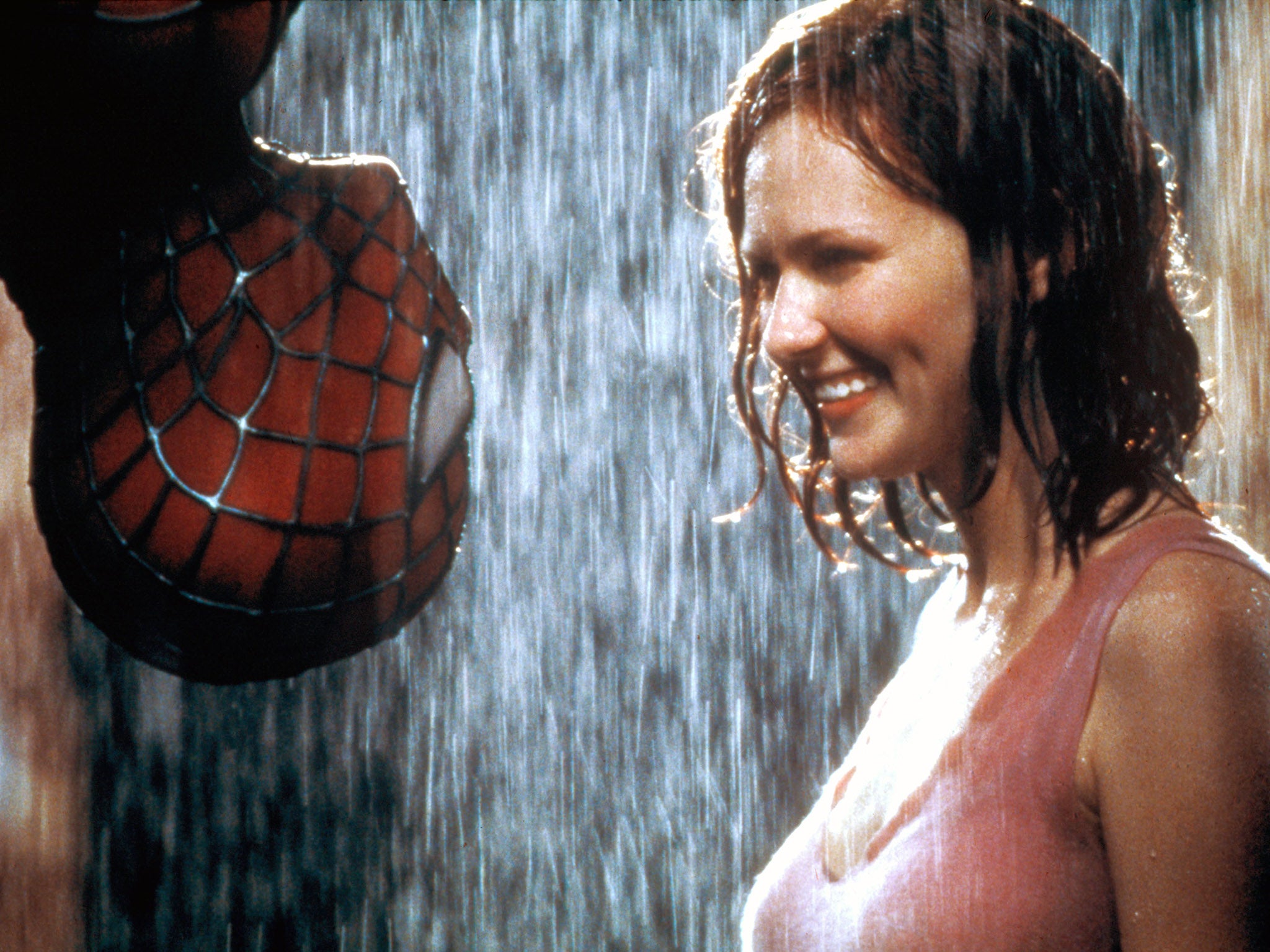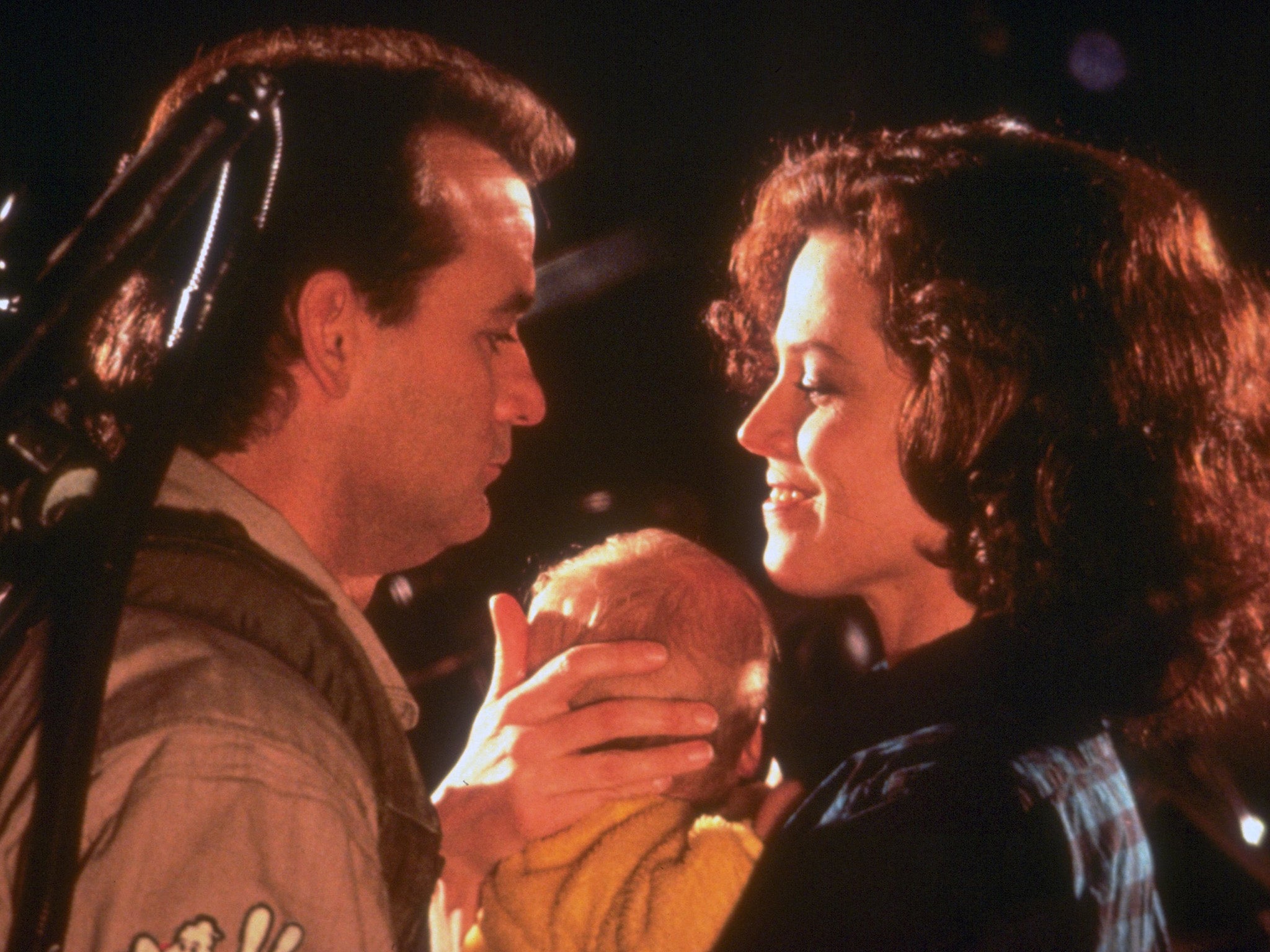Spider-men only: Why are so many female characters being left out of reboot culture?
*Mild ‘Spider-Man: No Way Home’ spoilers* As Kirsten Dunst doesn’t appear in the latest ‘Spider-Man’ – joining franchise revival no-shows including Sigourney Weaver, Kelly McGillis and Sean Young in the process – Adam White asks if her absence is garden-variety sexism, or something deeper?


Your support helps us to tell the story
From reproductive rights to climate change to Big Tech, The Independent is on the ground when the story is developing. Whether it's investigating the financials of Elon Musk's pro-Trump PAC or producing our latest documentary, 'The A Word', which shines a light on the American women fighting for reproductive rights, we know how important it is to parse out the facts from the messaging.
At such a critical moment in US history, we need reporters on the ground. Your donation allows us to keep sending journalists to speak to both sides of the story.
The Independent is trusted by Americans across the entire political spectrum. And unlike many other quality news outlets, we choose not to lock Americans out of our reporting and analysis with paywalls. We believe quality journalism should be available to everyone, paid for by those who can afford it.
Your support makes all the difference.Much like everyone else who’s ever uttered a few syllables in a Spider-Man movie, Kirsten Dunst was repeatedly asked this year whether she, too, would be returning for No Way Home. The newest Spider-Man movie – released earlier this week – was long rumoured to feature return appearances from franchise veterans, from Dunst’s personal Spidey Tobey Maguire, to Maguire’s replacement Andrew Garfield. Dunst, though? “No, I’m the only one not back,” she told Total Film in November. “Can’t put an old girl in there!”
There’d been a lot of lying about No Way Home in the run-up to its release, with Spider-Man veterans insisting they weren’t in it when they actually were. But, disappointingly, Dunst’s answer to that ubiquitous question felt genuine. After all, what were the chances that Marvel would put a 39-year-old Mary-Jane Watson in a new Spider-Man movie? This is also Hollywood. Despite blockbuster cinema currently being propped up by nostalgia and reboots of classic movies that bring back original cast members, few of their original female leads get an invite to the party.
Mary-Jane is the latest in a weird trend in revival culture: poach integral cast members from classic films, but either barely utilise or leave out entirely the women in them. Blade Runner 2049 gave us two and a half hours of a bruised, grizzled Harrison Ford, but just a few seconds of a computer-generated Sean Young made to look like she’s still 23. Ghostbusters: Afterlife featured scene after scene of Bill Murray, Dan Aykroyd and Ernie Hudson – as well as an ethically dubious, CGI version of the late Harold Ramis – but little more than an end-credits cameo for Sigourney Weaver. Top Gun: Maverick will bring back Tom Cruise and Val Kilmer, but reportedly not Cruise’s original leading lady Kelly McGillis. Carrie Fisher’s brother has claimed that the most recent Star Wars trilogy intended to make Princess Leia the focus of its third film – just as her co-stars Ford and Mark Hamill were the focuses of chapters one and two – if Fisher hadn’t died before filming. We don’t know for certain whether that would have happened but, as it stands, the movies practically turned Leia into a bit player.
There are a few obvious problems with this. For one, it closes the blockbuster door for any woman over the age of 35. Marvel is especially bad at this, notoriously making the 43-year-old Robert Downey Jr the superhero lynchpin of the MCU, while casting the 52-year-old Marisa Tomei as Peter Parker’s Aunt May, a role historically played by elderly women. By now, it feels almost redundant to say that men are allowed to age on-screen, sport frown lines and paunches, while women must look absolutely extraordinary at all times or otherwise cease to exist. That this is happening in some of the few movies seen by practically everyone only adds to the disappointment.
But their collective absences also speak to other issues in modern Hollywood. If anything links the likes of Dunst, Young, Weaver and McGillis – besides not being 25 – it’s that they were part of romantic pairings in the movies currently being rebooted left, right and centre. And those movies were, fundamentally, love stories. Sam Raimi’s Spider-Man films were one of the last major superhero franchises to place a romance at its heart – can you name any Marvel or DC movie in recent memory with a scene as physically intimate and swoon-worthy as Spider-Man’s upside-down kiss with Mary-Jane? – while the original Ghostbusters was practically a romantic comedy with ghouls. Blade Runner’s emotional stakes came from the cursed romance between Ford’s Deckard and Young’s replicant Rachael, who believes she is human. Top Gun was an Eighties, hearts-afire power-ballad in film form. Nothing in the new Star Wars has come close to the latent sexual chemistry between Han Solo and Princess Leia.
Modern Hollywood, on the other hand, is eerily sexless, with romances replaced with mopey trauma narratives and fighting. (“No one wants to see Peter Parker having sex!” Spider-Man Tom Holland claimed this week. “That would be horrible.”) Therefore, it’s no surprise that the women who powered those love stories are being excised. Or that the female stars of classic film franchises that do get brought back in reboots are typically of the “crash, kill, destroy” variety: Terminator’s Sarah Connor (Linda Hamilton); Halloween’s Laurie Strode (Jamie Lee Curtis); Scream’s Sidney Prescott (Neve Campbell). They’ve all had brief romantic relationships on-screen, but their default modes were survival and combating violence with violence. They’re far easier to slip back into a romance-free film landscape than, say, a straight-up love interest.
With that, though, it speaks to how often modern filmmakers misunderstand the movies they’re rebooting. As articulated in our critic Clarisse Loughrey’s review of the film, the recent Ghostbusters: Afterlife reimagined the 1984 original as a deeply earnest, Spielbergian fantasy, and not a goofy comedy featuring oral sex from ghosts. The new Spider-Man movies, too, have dispensed with the scrappy, working-class warmth of Raimi’s originals. Out went the messy interior lives, dead-end jobs and tales of Manhattan strivers. In came the expensive technology, palling around with millionaires and school trips to multiple European countries.

Such narrative misunderstandings also help explain why Carrie-Anne Moss’s Trinity – and the love story she shares with Keanu Reeves’ Neo – hasn’t been left out of the new Matrix movie. Unlike Ghostbusters: Afterlife or Top Gun: Maverick, The Matrix Resurrections is a reboot written and directed by one of the same filmmakers – Lana Wachowski – who first brought the series to life, and who knows these movies in her bones. In an ideal world, positioning Trinity alongside Neo in the new Matrix’s promotional campaign should help change the game. And prove the importance of rebooting a movie with its original storytellers on board.
Reboots aren’t inherently bad, and the overwhelmingly positive response to most of them show that they have an audience. But while they’re here, they could at the very least do right by the films that came before, and the women in them.



Join our commenting forum
Join thought-provoking conversations, follow other Independent readers and see their replies
Comments